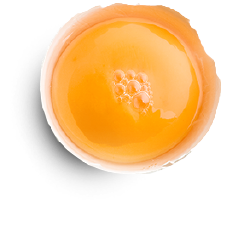Filter By

Holiday Leftovers 101
 Leftovers are the best part of traditional holiday meals! However, if not properly stored and reheated, all those little tubs filled with food just begging for a spoon to be dipped into them could pose a risk.
Leftovers are the best part of traditional holiday meals! However, if not properly stored and reheated, all those little tubs filled with food just begging for a spoon to be dipped into them could pose a risk.
To avoid contracting a foodborne illness, remember the two-hour rule. Any food that has been left out for more than two hours, not at its proper holding temperature (140°F for hot foods like soups, dips, or sauces or 40°F or below for cold foods like deviled eggs) should not be part of your leftover feast. Despite all the hard work or the great taste of the dish, discard these items immediately.
Also, it’s important to know how long you can safely keep leftovers in the fridge. If you aren’t planning on eating the food in three to four days, split the dishes into smaller containers and freeze. You can easily prevent leaving foods in the refrigerator too long by dating containers with a marker and masking tape. Also, make sure you leave room for air to circulate so all items are held at a consistent temperature.
Whether using an oven, stovetop or microwave to reheat your leftovers, it is important that the dish heats up evenly to a temperature of 165°F as measured with a food thermometer. Sauces, soups and gravies should be reheated by bringing them to a boil. When microwaving leftovers, make sure there are no cold spots in food – these are places where bacteria can survive – by stirring and rotating foods for even cooking.
Any reheated, uneaten leftovers should always be discarded so heat only what you can eat the second time around. Without tasting them, discard any egg-containing leftovers that have been refrigerated for more than three days.
A good resource to help manage leftovers is the USDA FoodKeeper app.

 Back
Back